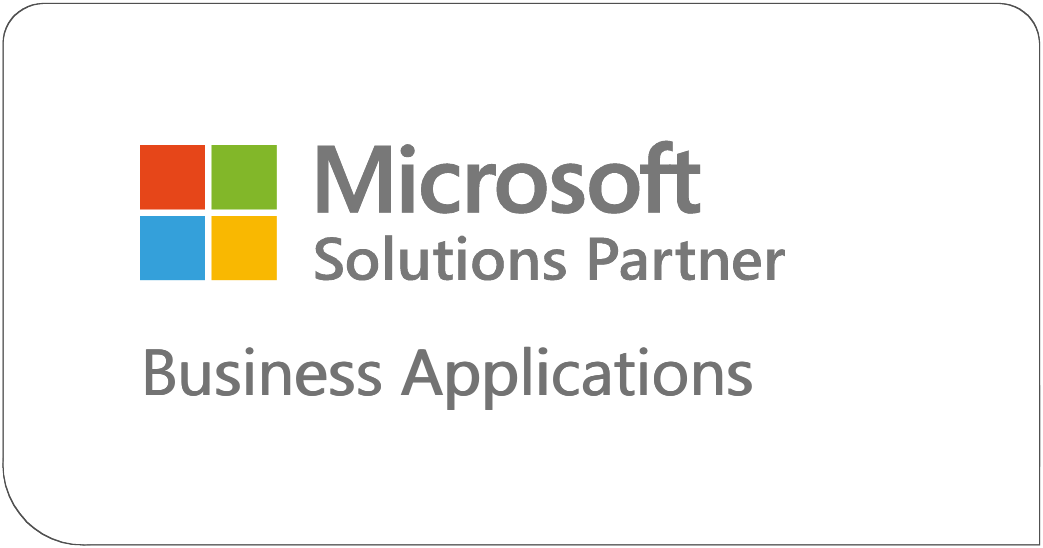| Umair Nasar
Organizations are increasingly seeing the value of a Project Management Office (PMO) as a key part of achieving their strategic goals. However, how effective a PMO is depends on its approach to managing projects. There are two main models: the Supportive PMO and the Directive PMO. Understanding these differences can help organizations choose the right approach for their needs.

Supportive PMO
A Supportive PMO acts as a helper within an organization. It offers guidance while giving teams the freedom to manage their projects. This type of PMO emphasizes teamwork, sharing best practices, and knowledge. Key features include:
- Consultative Role: Supportive PMOs provide resources like templates, tools, and training, helping project managers tackle challenges without strict rules.
- Focus on Best Practices: They encourage teams to use standardized methods but allow flexibility to adapt these methods to fit specific project needs, fostering creativity.
- Enhanced Collaboration: By promoting communication and knowledge sharing, Supportive PMOs build a cooperative culture, which can lead to better team dynamics and project success.
- Limited Authority: Unlike Directive PMOs, Supportive PMOs cannot enforce rules but aim to guide project managers toward best practices.
This approach works well in organizations where teams are experienced and can work independently. However, it might not be effective in environments where project managers lack experience or where practices vary widely.
Directive PMO
- In contrast, a Directive PMO takes a more active role, controlling how projects are executed. This model is often used in organizations where consistency and standardization are crucial. Key features include:
- Centralized Control: Directive PMOs set the project management methods and processes, ensuring all projects follow the same approach to reduce risks and ensure quality.
- Direct Oversight: Project managers usually report directly to the PMO, creating a clear line of accountability, which can lead to faster decision-making and better resource use.
- Standardization: By enforcing uniform processes, Directive PMOs aim to streamline project execution and achieve predictable results, especially in industries with strict regulations.
- Risk Management: The Directive PMO actively identifies and addresses risks across projects, helping to prevent issues from becoming serious.
While a Directive PMO can be effective in structured settings, it might limit creativity and flexibility. Teams may feel restricted by strict processes, which can lower morale and innovation.
Choosing the Right PMO Approach
Deciding between a Supportive and Directive PMO depends
on the organization’s culture, types of projects, and
strategic goals. Organizations that value independence
and creativity may find a Supportive PMO better suited
to their needs, encouraging innovation and employee
engagement for better project results.
On the other hand, organizations facing complex
regulations or needing high consistency may benefit from
a Directive PMO. By setting clear standards and
accountability, a Directive PMO can help manage risks
and ensure compliance while delivering projects on time
and within budget.

